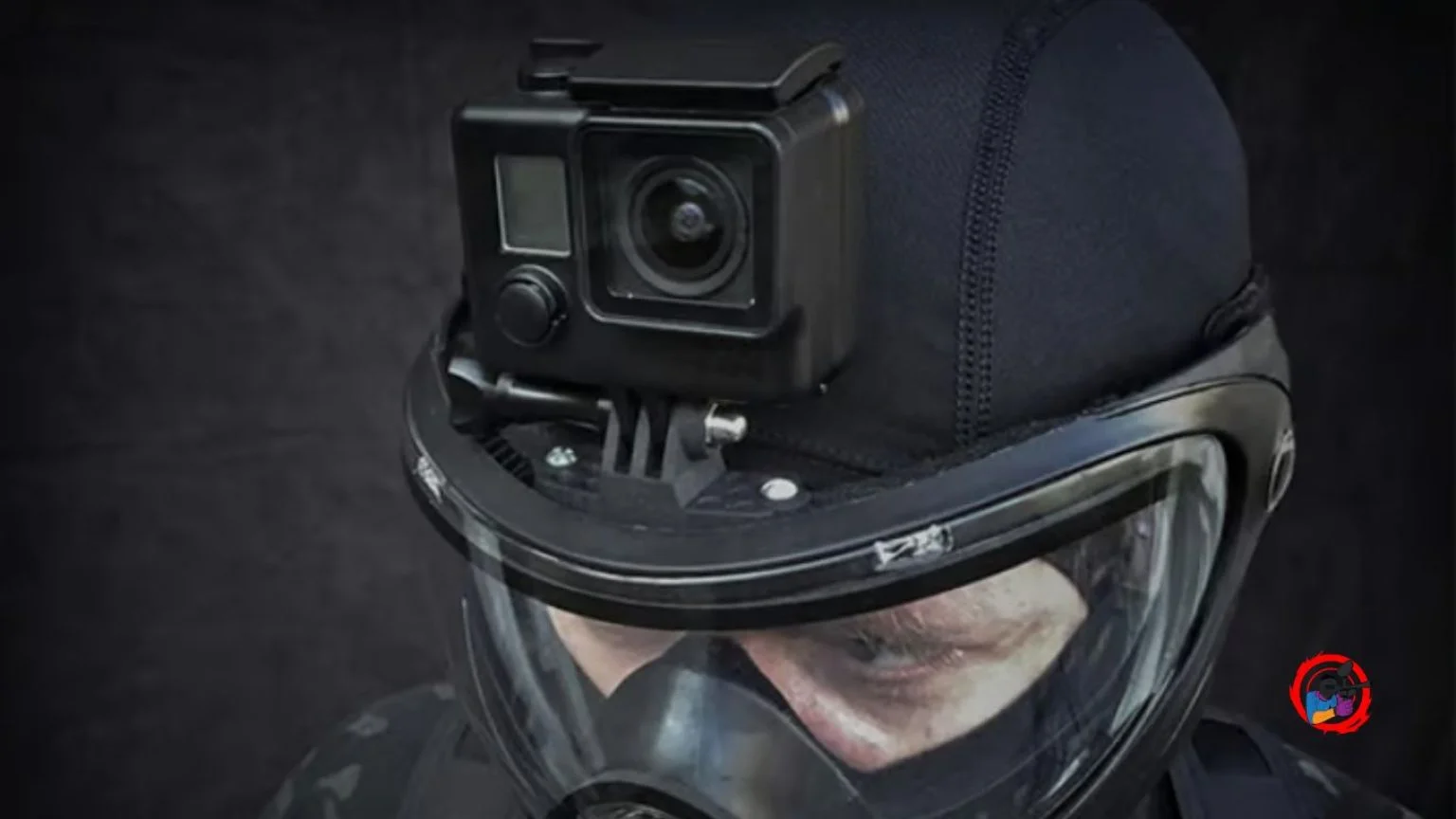What is Paintball Made Of? (History, Materials & Environmental Impact)

Paintball is a fun and challenging game that is loved by millions worldwide. Whether you’re playing in a recreational league or competing at the professional level, everyone wants to know what paintball is made of.
While the exact composition of paintball markers and projectiles varies between paintball manufacturers, the general principles are the same. Let’s take a look at the history and evolution of paintball, the materials that make up modern paintballs, and considerations for environmental impact.
What is Paintball Made of?
Over the years, paintball has gone through some major changes. Let’s take a look at how the sport and its components have evolved.
History and evolution of the sport
The origins of paintball can be traced back to the early 1980s. Charles Gaines and Hayes Noel were the first to develop a game that used paintball guns.
It began as an activity in which players used special markers loaded with paint-filled gelatin capsules to compete in a game of capture the flag. This quickly evolved into a recreational game that involved two teams shooting at each other with the same type of markers. As more people became interested in the sport, paintball suppliers began to introduce more advanced markers and projectiles.
The modern paintball marker is typically powered by compressed air or CO2 cartridges. These guns use a spring-loaded bolt to fire high-grade plastic pellets filled with non-toxic dye. They are designed to break upon impact and leave a visible mark on their target.
Modern paintballs and the materials they are made of
Today’s paintballs are made of high-grade plastic material designed to be durable yet breakable upon impact. The shell of the projectile is filled with a non-toxic, water-soluble dye, which allows it to leave a visible mark on its target.
In terms of performance, modern paintballs are designed to travel further than their predecessors. This is due to the advances in materials and designs, as well as the use of compressed air or CO2 cartridges for propulsion.
The quality of a paintball also depends on the manufacturer’s specifications and the environment it is used in. For example, some paintballs are designed to break more easily in colder climates, while others are designed to be more resilient in hotter environments.
Environmental considerations
Paintball is an activity that involves the use of projectiles made from non-biodegradable materials. As such, there are environmental considerations to be taken into account when playing the sport.
Manufacturers are now developing biodegradable materials for paintballs, which can be broken down by microorganisms in the soil. This reduces the amount of non-biodegradable material used for the sport and minimizes its environmental impact.
In addition, players can reduce their environmental impact by using reusable equipment and cleaning up paintball fields after each game. This helps to ensure that the environment is kept clean and safe for everyone who uses it.
The Manufacturing Process of Paintballs
Paintball markers and projectiles are typically manufactured in paintball factory settings. The process starts with the production of the plastic materials used to make the shells and fill them with dye.
Encapsulation
The plastic shell of a paintball is formed by an injection molding process. Like in the pharmaceutical industry, encapsulation is used to fill the shells with dye. This is done by a process called spheronization, in which the dye is mixed with other ingredients and heated until it forms small spheres or “paints” that can then be inserted into the paintball shell.
Drying and labeling
Once the paintballs are filled with dye, they need to be dried. This is done in a drying oven that removes moisture from the paintball and prepares it for packaging. After drying, the paintballs are labeled and packaged for sale. You can usually find the paintball companies name on the packaging.
Quality control
The final step in the manufacturing process is quality control. Quality paintballs undergo a rigorous testing procedure to ensure they meet all safety and performance standards set by industry regulations. Once a paintball passes this testing, it is ready for sale to consumers.
Standards and Regulations
To maintain safety and ensure fair play, paintball has its own set of rules and regulations.
Regulatory bodies and their importance
The International Paintball Players Association (IPPA) is a body that sets standards and regulations for paintball players. They are responsible for providing guidelines on safety equipment, game rules, field maintenance, and so on.
The IPPA also provides players with access to resources such as information on game rules, approved markers, and safety guidelines. Adhering to these standards helps ensure the safety of all paintball players, as well as maintaining a level playing field for everyone involved in the sport.
Health and safety regulations regarding paintballs
In addition to the standards set by the IPPA, there are also government regulations in place when it comes to paintball. For example, players must ensure that all safety equipment is worn at all times and that markers are kept within certain velocity limits.
Furthermore, some countries have laws prohibiting the use of paintball markers in public spaces. This ensures that the sport remains safe and enjoyable for everyone involved. The age at which a person can participate in paintball varies from country to country.
Frequently Asked Questions
A modern paintball typically comprises a gelatin shell, food-grade vegetable oil, and colored dye. The shell is designed to break upon impact when fired from a gun, releasing the contents inside. The oil helps keep the paintball intact during flight and adds lubrication for easy loading into the gun’s chamber.
No, you should never eat a paintball as they are not edible and can cause serious damage to your digestive system if ingested. Paintballs can cause severe gastrointestinal upset in dogs and cats that may require medical attention.
No, paintballs do not contain real paint. Instead, the shells are filled with food-grade vegetable oil and colored dye designed to break open on impact.
Yes, paintballs can cause pain and bruising on the skin upon impact. Paintball gun markers shoot at a velocity of around 250-300 feet per second and should, therefore, not be fired directly at someone. To ensure safety, all players should wear protective gear when playing paintball.
Yes, paintballs can melt in extreme heat. For this reason, they should always be stored at room temperature or below. If left in hot temperatures, they will soften and become unusable. It is important to remember that paintballs are a food product and should be treated with care and respect.
Conclusion
So, what is paintball made of? Paintballs are primarily composed of a gelatin shell filled with a water-soluble dye. In addition to this core material, the shells contain other ingredients such as glycol, preservatives, and additional colorants. Ultimately, the exact contents of each paintball depend on the manufacturer.
While the pellets and markers may vary slightly in their construction, they all share a common purpose: to provide hours of fun for players all around the world. If you have the right gear and a safe environment, paintball can be a great way to exercise, hone your skills, and spend time with friends.
So why not grab your marker and step onto the playing field today? Don’t forget to wear protective gear—and get ready for an unforgettable experience.







[…] barrel material is also important. Aluminum barrels are generally lightweight and affordable, while stainless steel […]
[…] Find out what is paintball made of and how it has evolved from its early beginnings. – Paintball champions […]